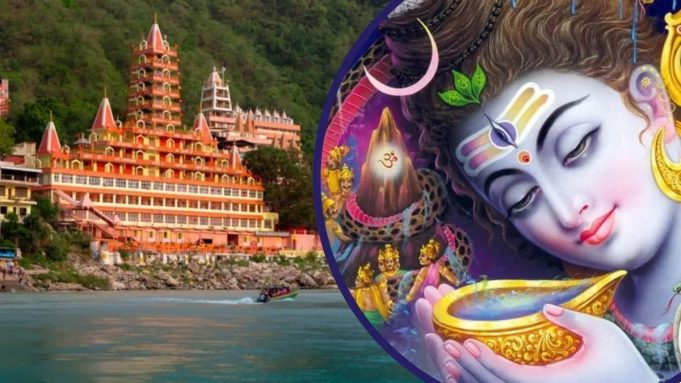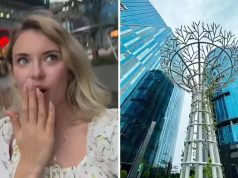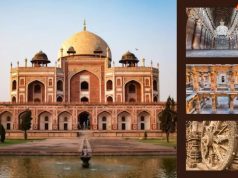The beauty of nature in Yoganagari increases further in the month of Shravan. During this time, Jal Abhishek in Neelkanth Mahadev temple, the place of penance of Lord Shiva, also has special importance. Here, after Jal Abhishek, there is also a tradition of visiting nearby Chandraeshwar Mahadev, Someshwar Mahadev and Veerbhadreshwar Mahadev. You too can take a holy dip in this confluence of faith after visiting Lord Neelkanth Mahadev.
Neelkanth Mahadev Temple, located 26 km from Rishikesh in Pauri district, is popular across the country. It is believed that Lord Shiva drank the poison Halahal that came out of the churning of the ocean. Due to the high heat of the poison, the color of his throat turned blue. To cool down the heat of the poison, Mahadev meditated at this place for years. This is why he came to be known as Neelkanth Mahadev.
The three Shiva temples located within a radius of 10 km in Rishikesh, namely Chandreshwar Mahadev, Someshwar Mahadev and Veerbhadreshwar Mahadev, are also witnesses to the wonderful divine acts of Lord Shiva. It is said in the scriptures that the devotees of Lord Shiva who visit Neelkanth Mahadev must also perform Jalabhishek in these three Shiva temples.
Chandreshwar Mahadev Temple
Chandraeshwar Mahadev Temple is situated on the banks of Chandrabhaga River, 2 km away from ISBT. The Mahant of the temple, Krishna Puri, tells that Chandra Dev was cursed, due to which his body became weak and frail. To get rid of the curse, he did a severe penance of Lord Shiva at this place. Pleased with this, Chandra Dev appeared before him and wore him on his head. Due to this divine play of God, this place came to be known as Chandraeshwar Mahadev Temple.
Someshwar Mahadev Temple
Rishi Som had performed severe penance for Lord Shiva at Someshwar Mahadev temple located in Ganga Nagar, Rishikesh, at a distance of 4 km from ISBT. Pleased with this, the Lord appeared before him and manifested 11 Rudras. It is believed that this is the first Siddhapeeth, where 11 Banyan trees are present. These are considered to be the form of 11 Rudras. Lord Shiva’s blessings in the form of these Banyan trees are showered on the devotees here.
Veerbhadreshwar Mahadev Temple
According to Acharya Vineet Sharma, priest of Veerbhadreshwar Mahadev Temple, it is a popular story that King Daksha organized a Maha Yagya in Kankhal, Haridwar, in which all the gods and goddesses were invited. When Mother Sati also requested to go to the Maha Yagya, Lord Shiva refused to go without being invited. After this, when Mother Sati reached her father Daksha’s Yagya, she became angry with the insult of Lord Shiva there.
After this, he jumped into the sacrificial fire and sacrificed his life. When Lord Shiva came to know about this, he assumed a fierce form and manifested Veerbhadra from his matted hair. After this, Veerbhadra severed Daksh’s head from the body. Even after doing all this, when Veerbhadra’s anger did not subside, Lord Shiva pacified him and himself sat with him in the form of a linga. This temple is currently under the Archaeological Survey Department.
You can also visit here
Along with Jalabhishek in Shiva temples, one can also take advantage of darshan in Bharat Temple, Laxman Temple, Shatrughan Temple, Bhootnath Temple, Parmarth Niketan, Geeta Ashram etc. in Rishikesh. Apart from this, one can also admire the beauty of Patit Pavani Ganga while walking on Aastha Path.









